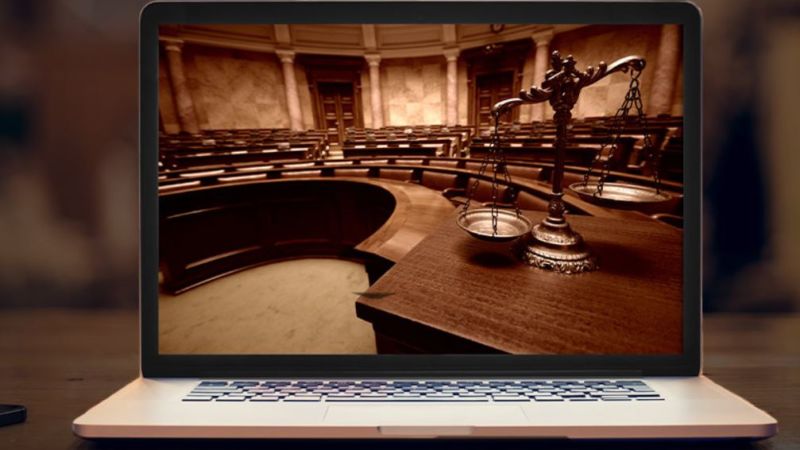In the Thomson Reuters Institute's new "2023 State of the Courts Report", we look at what judges and court professionals are saying about the challenges still facing the nation's court system today
The difficult events of the last three years have had a tremendous impact on how many institutions operate, including our nation’s court system — a system that sees many courts overburdened and under-resourced.
Even before the pandemic, however, courts needed to be modernized. And once the pandemic occurred, courts were pushed rapidly forward into a new world of virtual hearings, video conferencing between litigants and their lawyers, and other previously seldom-used innovations. And in just a few short years, these innovations in how the nation’s courts operate —on the federal, state, and county/municipal levels — have benefited citizens’ access to justice, making it easier for many people to participate in the court system when necessary.
Examining the impact of these trends, a new report by the Thomson Reuters Institute, the 2023 State of the Courts Report, looks at what judges and court professionals are saying about the challenges still rampant in the court system today, such as hearing delays and the need for advanced technology and digitization. Indeed, the report also looks at how many courts are continuing to leverage the new technology that was brought on by the pandemic such as video conferencing and what the impact of those innovations has been.
This report represents the findings of an online survey that was conducted with 201 judges and court professionals from November 1 to 17, 2022 by Thomson Reuters to better understand challenges in the judicial system, specifically around hearings, evidence, caseloads, and technology in the post-pandemic world.
Watch our on-demand webinar Strategies for Advancing Technology within the Courts, now
The report describes how steep challenges to our nation’s courts remain, specifically around the issue of hearing delays, which can have a cascading effect on the remaining cases on the court docket. In fact, a majority — as much as 79% in some instances — of judges and court professionals say they are experiencing delays in their hearings. Often, these delays impact other cases slated for that week, creating a burden on the entire court docket.
And even as the report lays out how improvements and updates in the use of virtual hearings have improved access to justice for many litigants, it shows that hurdles still remain, especially around outside internet and network access for many litigants with lower levels of digital literacy. Further, the report observes that more widespread use of technologies such as evidence management systems and document automation could go a long way to bringing the court system out of its previous reliance on paper files, overstuffed dockets, and failed in-person appearances that all still contribute to case-delays and calendar backlogs.
Key findings in the report
There were several significant findings throughout the report that came from the results of Thomson Reuters’ comprehensive survey, including:
-
-
- More than three-quarters of respondents (76%) say that virtual court opportunities increase access to justice for litigants — a significantly higher result compared to the previous report in 2021.
- A majority of survey respondents say they are either conducting or participating in virtual hearings and expect to continue to do so in future. Currently, about 40% of respondents say the majority of court hearings in which they are involved are being conducted virtually.
- Almost three-quarters of respondents say they do not use digital evidence management systems; yet, two-thirds of those report that they would benefit from doing so.
- Almost 40% of respondents say they have introduced new or improved work methods, processes, or service innovations within the past 12 months.
-
Overall, what comes across in the pages of this report is a court system in which tremendous progress has been made in areas of improving access to justice and technological modernization, but much more still could be done. Indeed, as courts at all levels settle into a growing comfort with the technology they’ve employed since the pandemic, many are seeing new challenges that need to be addressed now in order to better move all legal system participants into a new age of digital efficiency.
You can download a full copy of the 2023 State of the Courts Report, here.







